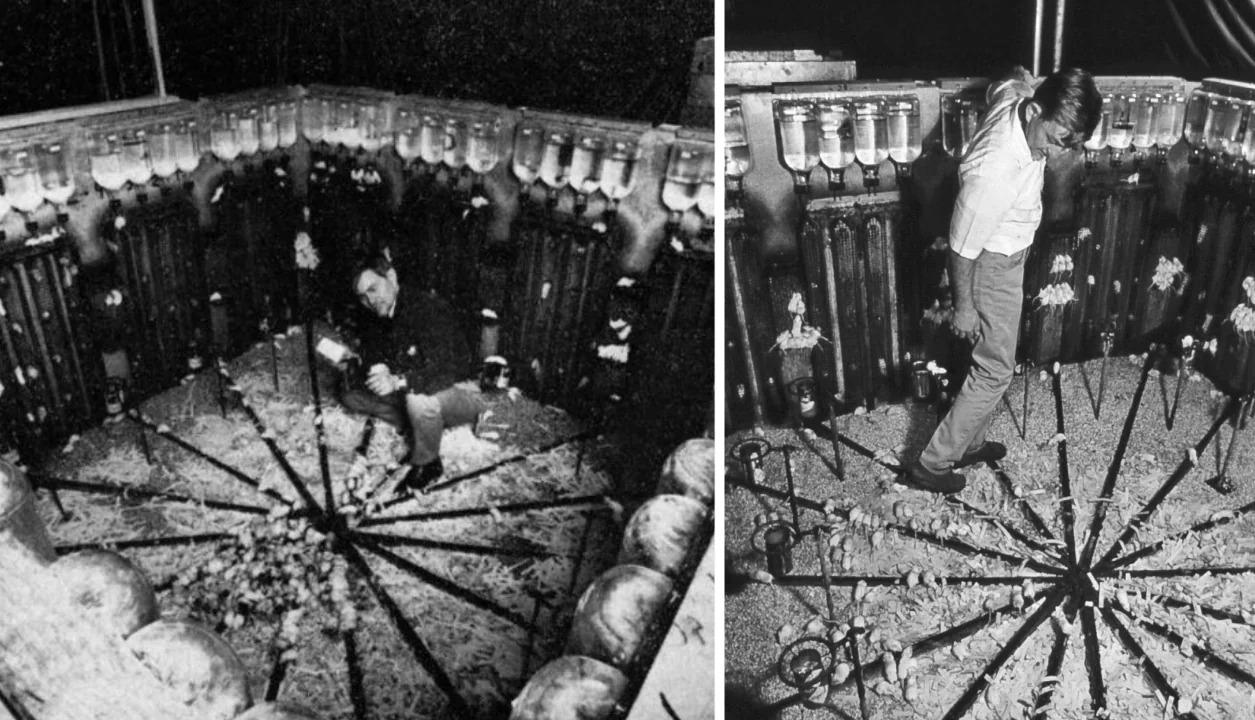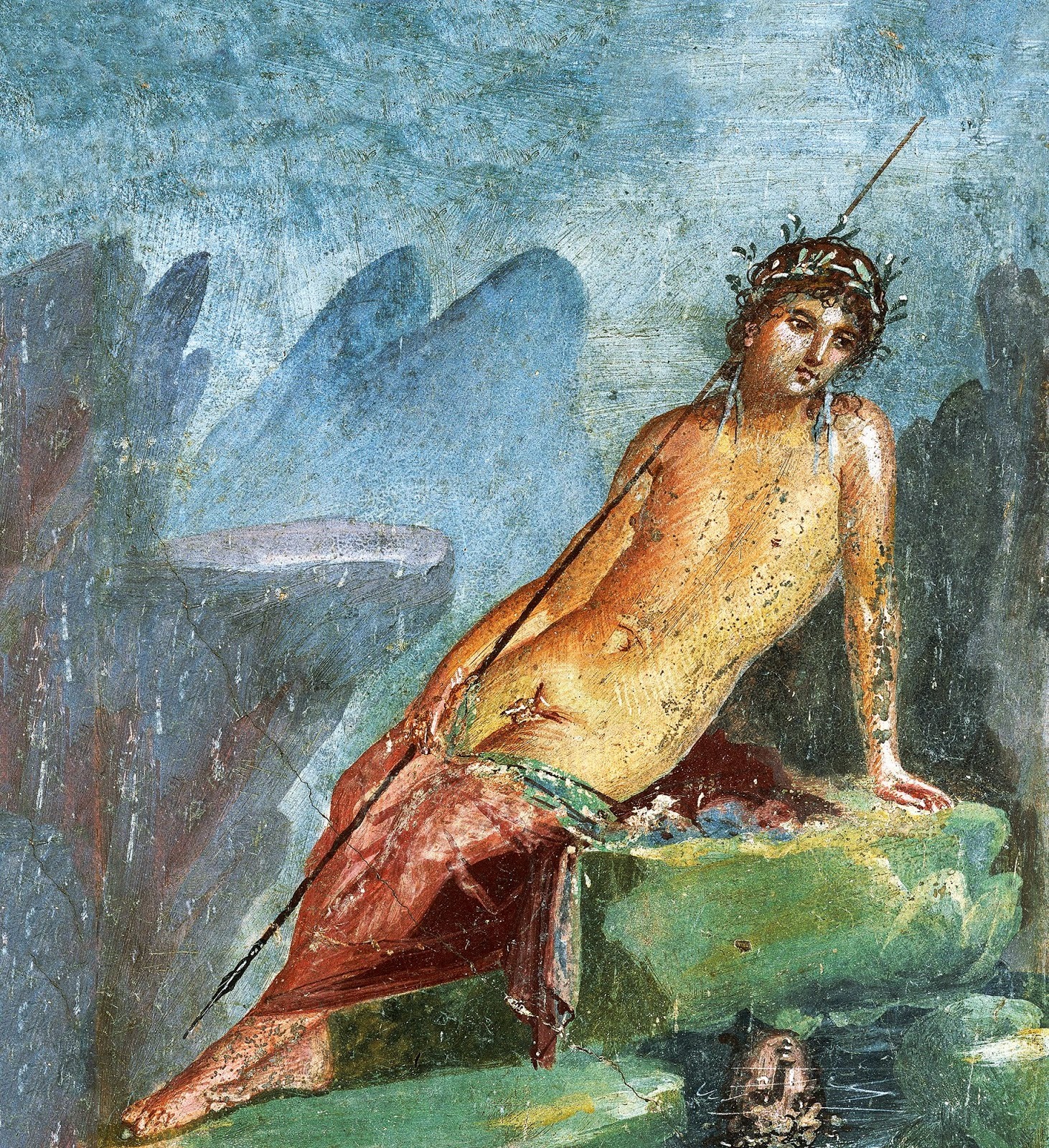← Back
Todaily 4.11.24
- Universe 25
- ""Behavioral sink" is a term invented by ethologist John B. Calhoun to describe a collapse in behavior that can result from overpopulation. “The Rat utopian experiment” or as Calhoun called it “Universe 25” conducted by psychologist John B. Calhoun in 1972. The expirement involved creating a utopian environment for a population of rats. The enclosure provided an abundance of food, water, nesting materials, as well as ample space for rats to roam and socialize."
- "Initially the rat population thrived and their numbers increased rapidly.
However, as the rat population grew, social problems began to emerge. The Rats became increasingly aggressive, territorial, antisocial. Females began to abandon their offsprings, young rats began excessively grooming and self amputated."

- Narcissus
- "Narcissus, was the son of River God Cephisus and nymph Lyriope"
- "The myth of Narcissus comes in two different versions, the Greek and the Greco-Roman version, as both Conon the Greek and Ovid, the Roman poet, wrote the story of Narcissus, enhancing it with different elements."
- Greek version (Conon): A man named Aminias falls in love with Narcissus. But N-sus had already shooed off all the male suitors. He shoos Aminias away too, but gives him a sword (process) in the process. Aminias uses the sword to kill himself right outside N-sus' door, asking the Gods to punish the latter for all the pain he's caused.
- Later, N-sus is passing a body of water (somewhere) and catches a look at himself. He loves what he sees. But realizes he can never have what he desires. Sorrow from this realization kills him.
- Mention of N-sus persisting on in the Underworld, forever gazing at his reflection in the River Styx.
- Roman version (Ovid): N-sus has parents who worry because their kid is really good looking. They ask a/the prophet, Teiresias, what they should do. Teiresias says N-sus will grow old if he "never gets to know himself."
- Later, N-sus is passing a body of water (in the woods) and a nymph sees him. The nymph, Echo, falls in love with N-sus (who is now 16, so it's okay). Echo starts following N-sus. N-sus eventually gets the feeling that someone is creeping on him. He asks, "Who's there?" Echo responds by copying him, saying, "Who's there?" This call and response goes on for a while until Echo reveals herself. She tries to hug N-sus, but he steps away, saying he wants to be left alone. This crushes Echo, who retreats to the woods and never comes out. Eventually all that's left of her is the sound of the last thing other people say.
- Later, Nemesis, goddess of revenge, hears this story and decides to punish N-sus.
- Later, N-sus sees his reflection in a pond (new walk in woods, or previous one?) and loves what he sees. But he realizes he can't have what he wants most (his reflection in the water) so he kills himself on the spot.
- Greek version (Conon): A man named Aminias falls in love with Narcissus. But N-sus had already shooed off all the male suitors. He shoos Aminias away too, but gives him a sword (process) in the process. Aminias uses the sword to kill himself right outside N-sus' door, asking the Gods to punish the latter for all the pain he's caused.

Post a comment